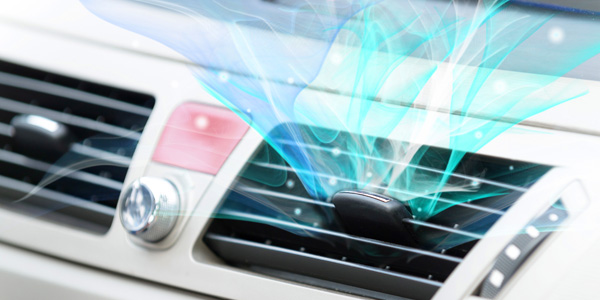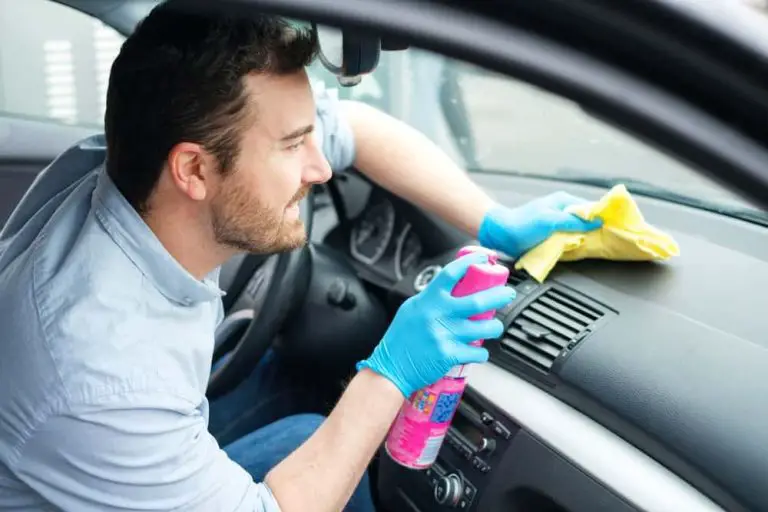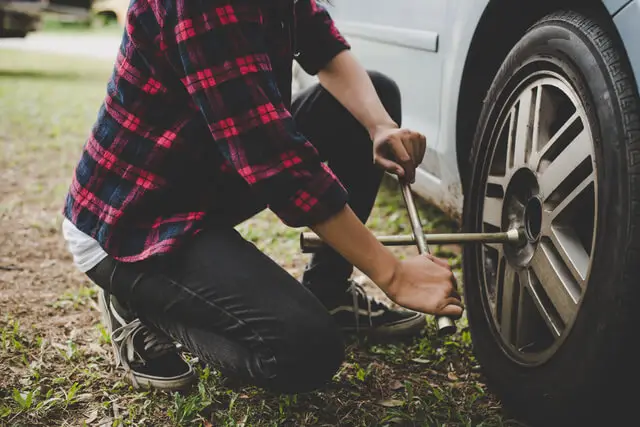Commonly, weeds come with a smell and foul odor. You may often find this smell lingering in your car for several causes. It may be any passenger smoke, or perhaps top-shelf bud, left up to its mark in your dashboard. So it is clear that smoking can cause nasty and pungent smells, and you should remember that consuming marijuana is illegal in your car. Sometimes, it can be difficult to get off the weed smell if you ignore the issue.
So if you want to discover how to remove the weed smell from the car, keep reading the informative article.
How to Get Weed Smell Out of the Car

Even if you are a marijuana patient, you can have serious legal issues if your car smells like weed and the police know about it. Besides all, it is not an excellent option to get unwanted attraction by these means.
So follow the below-given ways to remove the weed smell from the car.
- Scented oils and essential oils
- Use of air fresheners
- Activated charcoal
- Sprinkle Baking Soda
- Ozone Generators
- Deep cleaning of your car
- Coffee Grounds
- White Vinegar
- Citrus Peels
- Steam Cleaning
Scented oils and essential oils
If you ever visit yoga studios and clubs, you will be better familiar with the scent of essential oils. Most people prefer using essential oils instead of candles to produce harmful carcinogens while burning. The best way to use the essential oils to remove the weed smell is to mix it with the diffuser, a humidifier element to diffuse water by mixing essential oils.
Use of air fresheners
If you want to remove smells like weed in your car, you should use classic air fresheners. Whether you get them from the local Faberge dispenser or a local car wash shop, the little trees’ air fresheners are an excellent option to remove the weed smell from your car.
Like essential oil diffusers, many air fresheners contain fresh scents of flowers designed especially for vehicles. You only have to plug them into the heating vents and car ACs to use them.
Activated charcoal
The activated charcoals can absorb odors if you have encountered them using the smoke buddy or a spoof. It is the best method to get off the smell of weed from any vehicle by this way.
Even the activated charcoal can remove the bulk of weed odor absorbed in the seats and vents of the car. Sprinkle the charcoal on the seats and cushions of the vehicle, allowing it to absorb all the smell.
The removal process’s time depends on the amount you use, but the activated charcoal can absorb the odor more quickly. After this step, use the vacuum cleaner to remove the weed smell.
Sprinkle Baking Soda
Sprinkling the baking soda on the seats and cushion carpets of the car to remove the weed smell acts in the same as activated charcoal, but it should not mess up your car very much. Most people get amazed at the working of baking soda to eliminate the nasty smell, as it is an alkaline material and can neutralize acidic solid odors.
Suppose your car smells like weed. It was dusting some baking soda on the seats and vents and sitting for some time. Then clean up with the help of a vacuum to remove the marijuana odor.
Ozone Generators
The ozone generators act as odor eliminators, as there is quite a considerable amount of research on the efficiency of ozone generators to remove foul odors. It is a unique compound that can be useful in removing secondhand smoke. But it will help if you are careful to use the ozone generators because they can be harmful to use on the ground levels and are the air pollutants that can harm human health.
Deep cleaning of your car
Deep cleaning of your car can give you the best option to get rid of the weed smell of your vehicle. The method may define using a wet vacuum cleaner throughout the car’s interior and cleaning the surfaces like vents, corners, and seats.
The use of Windex for cleaning windows and windshields, armholes, and dashboards can be the best way to remove the odor of cannabis. The smell of weed can penetrate your car’s interior, especially the headlining. It will clean your car and give you a tidy and clean appearance without the smell of weed.
Coffee Grounds
Coffee has a strong, pleasant aroma that can help neutralize the smell of weed. For this method, put some fresh coffee grounds into a couple of open containers and leave them in your car overnight. The coffee grounds will absorb and mask the weed odor.
White Vinegar
Vinegar is a great odor absorber. Fill a few cups with white vinegar and place them in various parts of the car. Let them sit for several hours or overnight, with the windows up, to allow the vinegar to absorb the weed smell. Be sure to remove the vinegar before driving to avoid spillage.
Citrus Peels
Citrus fruits like lemons, oranges, or grapefruits have strong, refreshing scents. Leave some citrus peels in your car for a day or two. Not only will this absorb the weed smell, but it will also leave your car smelling fresh and clean.
Steam Cleaning
This method involves more effort but is highly effective for removing stubborn smells. You can rent a steam cleaner and use it on the upholstery and carpet in your car. The heat from the steam can break up the compounds causing the smell, while the moisture can carry them away. Afterward, let your car dry thoroughly to prevent mold and mildew.
Frequently Asked Questions
How can I get rid of the weed smell out of the car?
Purchase the four boxes of baking soda but not the baking powder and place them in the car’s interior. Let the car rest for two days and allow the baking soda to absorb the foul odors.
How long does weed smell after hotbox?
As the smell is very light, weed can be in the car for 40 minutes. So whatever you use the element or the substance to remove the scent, gives it the time to absorb all smells.
How long does the process of removing take to the weed smell from a car?
If your car smells like marijuana or weed, you can opt for baking soda to get rid of it. Sprinkle some amount of it on the vents and seats of the car, and allow it to sit for some time. The baking soda can absorb all smells, and you will get a clean and clear car without the smell of weed.
Conclusion
Nothing will work well instead if you avoid the smell of marijuana in the first place. Your car will never smell like a weed if you never use weed or marijuana in your vehicle or smoke in the car. Therefore, you can eliminate your vehicle’s lingering smells and odors if you tightly prohibit yourself from using concentrates and smoky materials. If you airtight your purchases like smoky materials and use the proper materials, your car will not have the weed smell.














